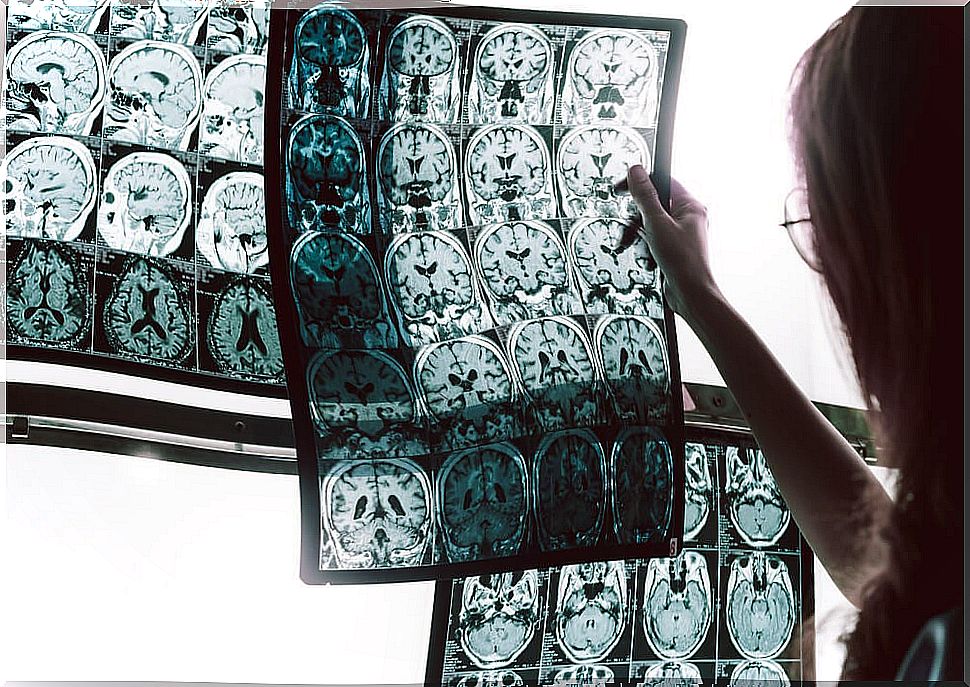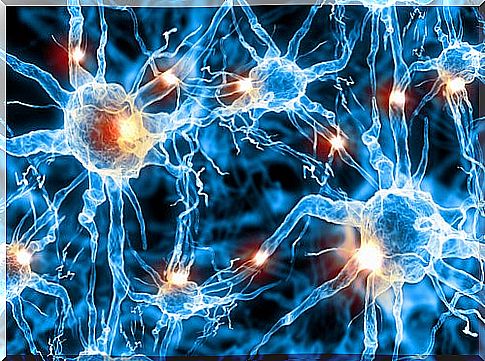Latest Research In The Treatment Of Alzheimer’s
Alzheimer’s disease is a neurodegenerative disease that progresses progressively and causes cognitive decline. It affects neurons, that is, the characteristic cells of the nervous system. Especially neurons found in the cerebral cortex.
The cortex or cerebral cortex is a nervous tissue that is found in the form of a layer above the cerebral hemispheres. It also alters other adjacent structures.
It is the most common subtype of dementia. In this way, 60% of dementias are caused by Alzheimer’s. However, experts estimate that there is a large number of clinical cases with this undiagnosed pathology.
Let’s see more below.
Most common symptoms of Alzheimer’s disease

Normally the signs of this pathology are related to the activities of the central nervous system or CNS. Therefore, a wide range of cognitive and behavioral disorders occur. For example, among the most frequent we can highlight:
- Unpredictable mood swings. Also, the patient may show symptoms of depression, aggressiveness, apathy, etc.
- Disorientation, both spatial and temporal (relative to the time of year, month …).
- Difficulty carrying out everyday activities, drawings, simple mathematical operations …
- Forgetting names and location of important objects (which leads to their loss).
- In the more advanced stages, the subjects present serious alterations associated with language. They do not understand the meaning of words and are unable to finish sentences. They also begin to develop problems with coordination of movements and balance.
What are the causes of Alzheimer’s disease?
Currently, specialists have determined that a set of biological and environmental factors can lead to the presence of this disease. A characteristic sign of the pathology is the appearance of senile plaques and tangles of neurofibrils.
The medical team has also been able to identify a number of risk factors for this disease. It refers to the characteristics or habits of a patient that make him more prone to a pathology. In this case, smoking, advanced age, and a prior medical history are the most decisive factors.
Treatments for Alzheimer’s disease

As usual, the different treatments that the medical team will offer require the consent of the patient. Likewise, the different therapies seek to alleviate symptoms as much as possible. They will also seek to slow down the evolution of the disorder, promote cognitive functions and avoid new associated or derived pathologies. However, today it is unknown if there is a definitive cure for this disorder.
On the other hand, we can highlight two subtypes of therapy depending on whether or not they use drugs to help the patient.
Non-pharmacological treatment
Studies have shown that an adaptation of the environment in which the subject lives improves his psychological state. Thus, you can easily identify the medium and recall moments that help you maintain your personality.
Recent research has shown that implantation of a neurostimulator in the brain has very positive effects on subjects. As a general rule, it is implanted in the early stages of the disease.
The device placed through a surgical intervention is able to imitate the functioning of the Nervous System under normal conditions. However, the technique will not be fully developed for a decade according to experts.
Pharmacotherapy
- Psychopharmaceuticals. Included in this category are:
- Antipsychotics They are used to control the mood of the patient when he feels nervous or shows aggressiveness.
- Antidepressants
- Anxiolytics.
- Other drugs such as beta-blockers, antiepileptics, etc.
- NMDA (N-methyl-D-aspartate) receptor antagonists.
- Acetylcholinesterase inhibitors (IACE). In this way, the protection of the cholinergic system is ensured. This system is in charge of supervising the information processed by the Nervous System.
Either way, the administration of medications entails exposure to side effects that should be known to families.









